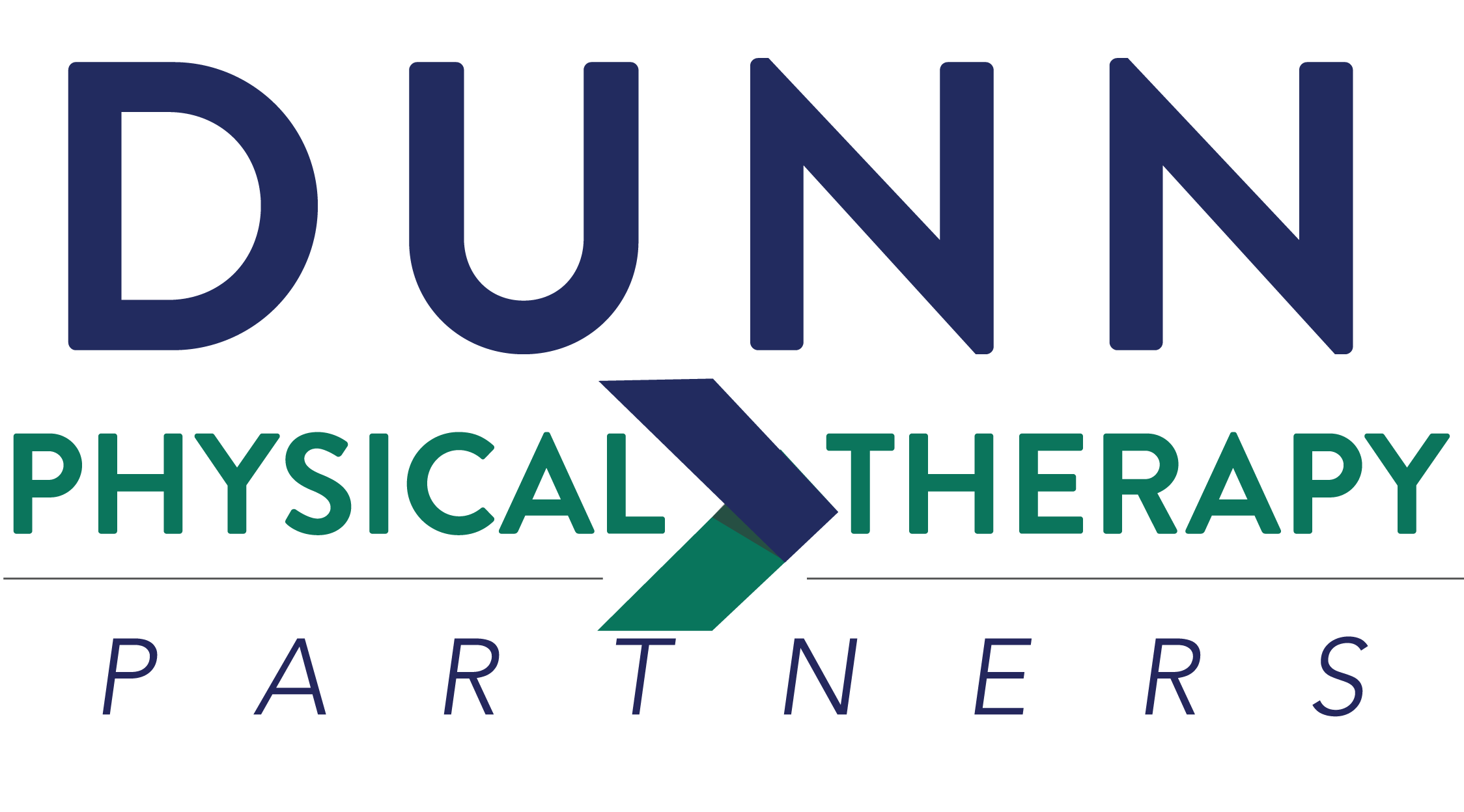From tension headaches to migraines, physical therapy can help relieve your pain.
Headaches
Everyone gets the occasional headache. Maybe you’re stressed. Maybe you drink a little too much coffee and your body misses the caffeine. But for some people, headaches are constant, chronic and debilitating. Many struggle for a long time for relief.
The causes of headaches are complex and multifaceted, but for certain types of headaches, physical therapy can bring relief.
Types of Headaches and Their Causes
Headaches can have many underlying causes, and understanding the cause of your headaches is critical to both treating and eliminating them. Common types include:
- Tension/cervicogenic headaches: typically rooted in the cervical spine and its bony, disc, and/or soft tissue elements, tension headaches are often caused by stress or anxiety. Poor posture and diet are also possible causes, and they may be accompanied by neck pain.
- Migraines: one of the most common headache types, migraines are thought to be neurovascular. This means that they are caused by a central nervous disorder that affects blood vessels, specifically those in the skull and brain. Migraines range from merely annoying to seriously debilitating.
- Temporomandibular joint dysfunction – or TMJ: Pain in your jaw often associated with headaches. Your physical therapist will properly evaluate your symptoms to determine the root cause of your headaches.
How Physical Therapy Can Help
Physical therapy is most effective for headaches that are caused by musculoskeletal issues. Our treatments for headaches include:
- Spinal mobilization and manipulation: two types of spinal work. Mobilization is slow, rhythmic oscillation, whereas manipulation is focused on high-velocity, low-amplitude thrust techniques.
- Myofascial release: fascia is connective tissue that surrounds muscle, tendons, nerves and even organs. Fascia near the surface of the skin is looser, and fascia deeper in the body is more dense. Myofascial release is the manual therapy approach that mobilizes the fascia to restore mobility.
- Craniosacral therapy: your brain and spinal cord are surrounded by cerebrospinal fluid. Craniosacral therapy ( CST) uses careful stimulation of the membranes that control the movement of this fluid, which releases tension in your nervous system.
- Mulligan mobilization with movement: method of manual spinal mobilization to target specific areas causing your headaches.
- McKenzie Method: an approach to increase spinal mobility that incorporates manual therapy and exercise.
- Soft tissue mobilizations: manual manipulation of muscles and fascia to reduce muscle tightness, release trigger points and restore motion.
- Dry needling: similar to myofascial release, very thin needles are used to puncture trigger points, relieving tension.

